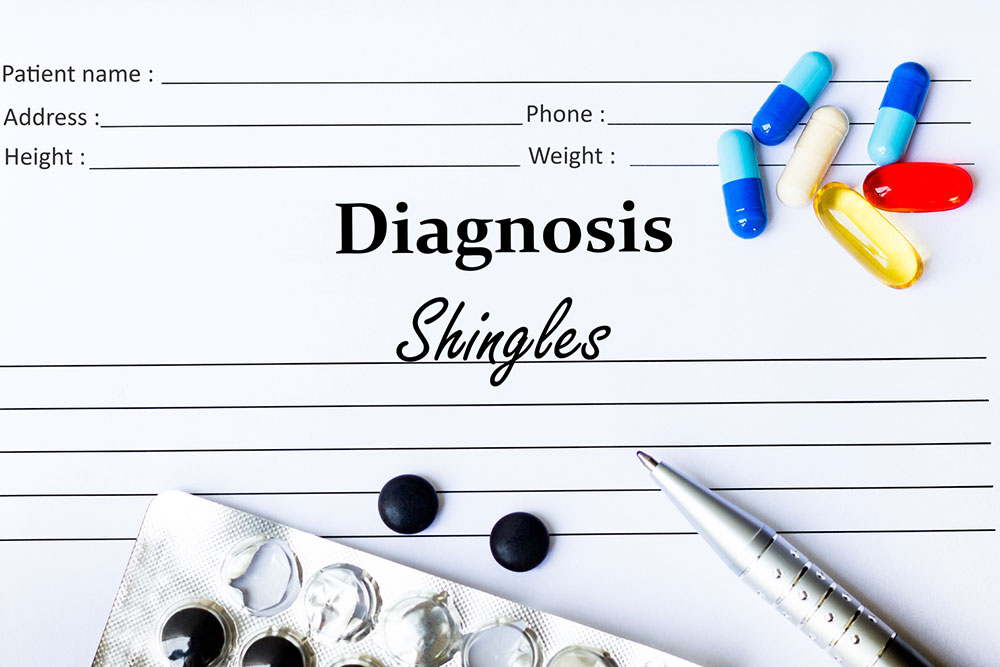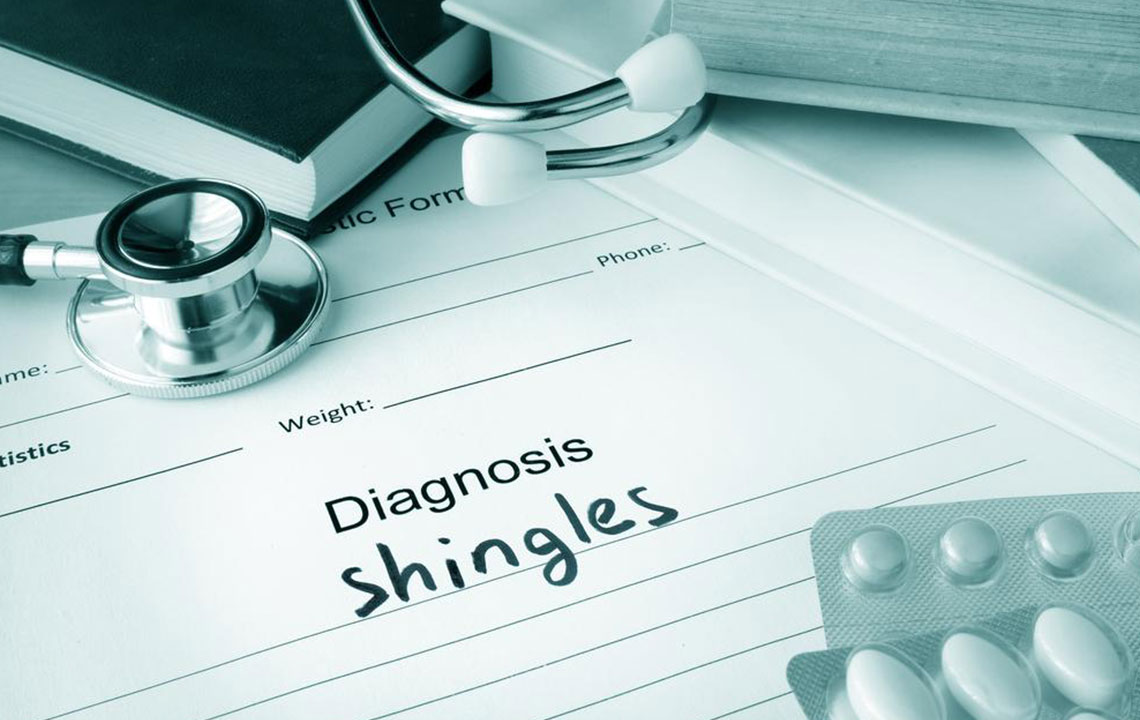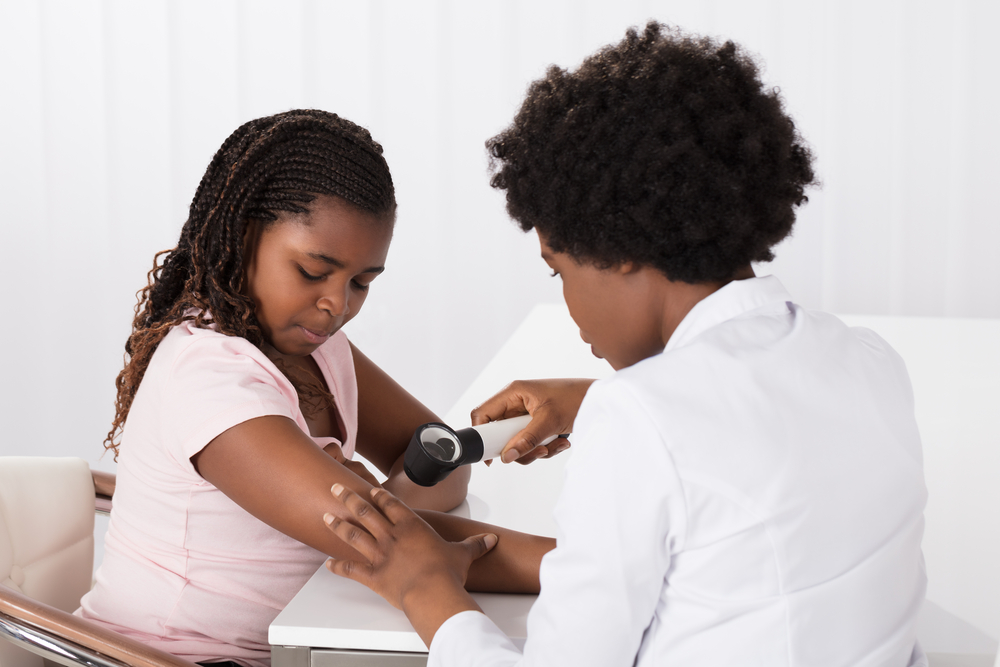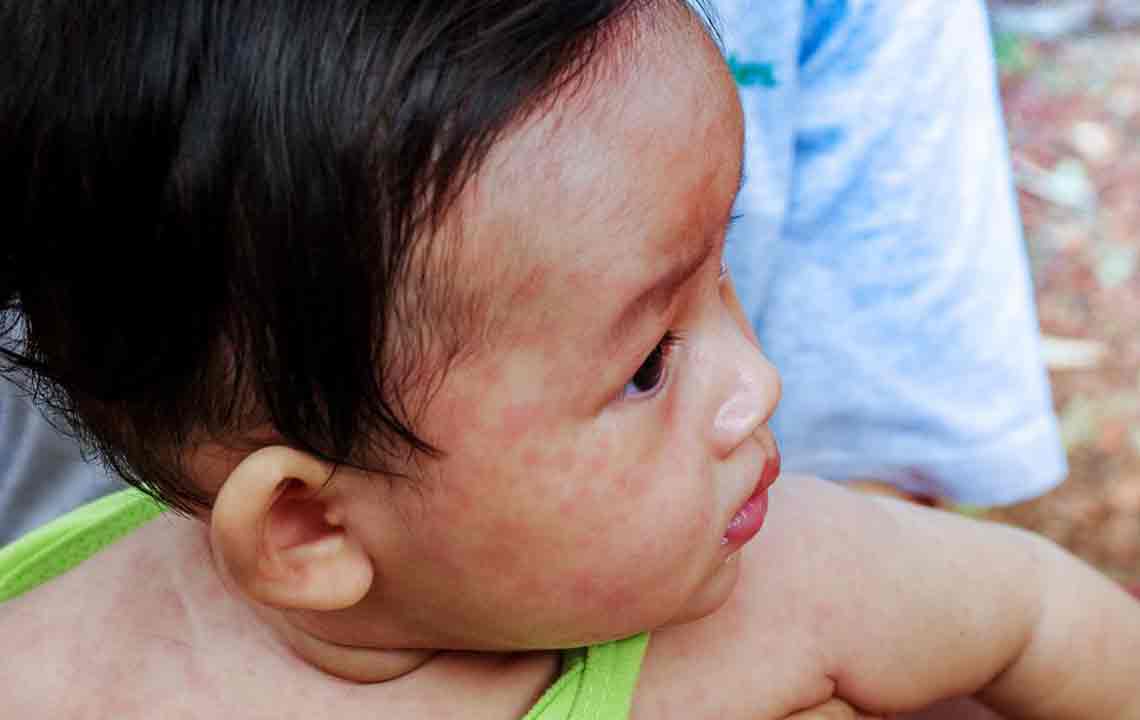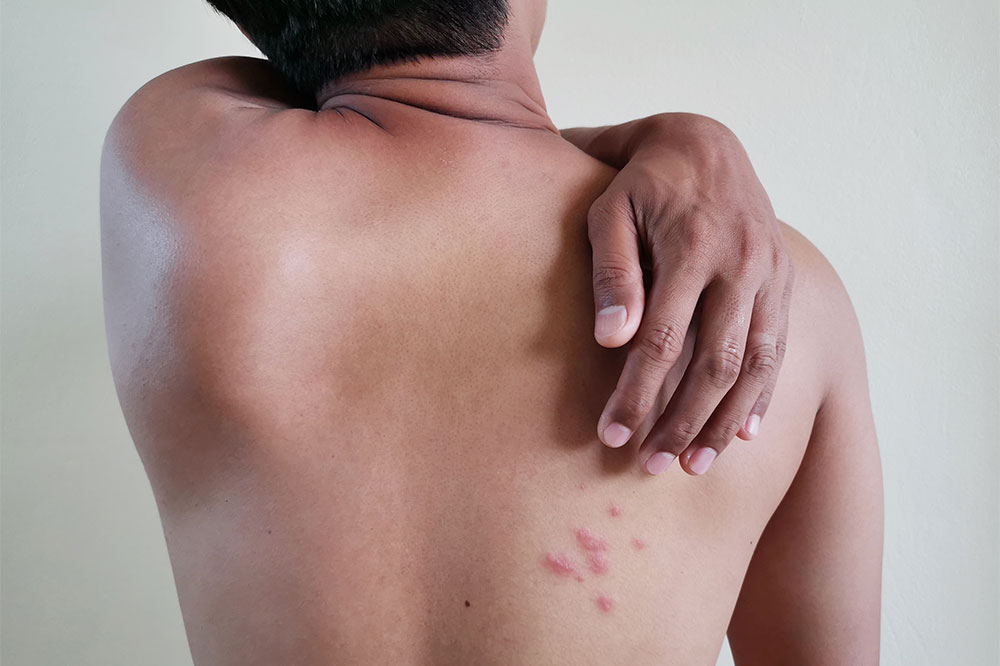Comprehensive Guide to Identifying the Signs and Symptoms of Shingles
This comprehensive guide explores the key signs and symptoms of shingles, covering early warning symptoms, disease stages, and prevention methods. Recognizing these signs early can significantly reduce complications and improve recovery outcomes. Risk groups like older adults and immunocompromised individuals should stay vigilant. The article emphasizes the importance of vaccination and timely antiviral treatment, offering valuable insights for those looking to understand, prevent, and manage shingles effectively.

Comprehensive Guide to Identifying the Signs and Symptoms of Shingles
Shingles, medically termed herpes zoster, is a painful skin condition that arises from the reactivation of the varicella-zoster virus—the same pathogen responsible for chickenpox. This disease predominantly affects individuals who have previously experienced chickenpox, as the virus can lie dormant within nerve tissues for years and later become active under certain conditions. Understanding the early warning signs, progression, and prevention strategies for shingles is crucial for timely medical intervention and recovery.
Shingles tends to affect older adults, especially those over 60 years of age, as well as immunocompromised individuals such as cancer patients, organ transplant recipients, and people living with HIV/AIDS. Certain health treatments, including chemotherapy and radiation therapy, can also weaken immune defenses, increasing the risk of shingles activation. The condition manifests as a characteristic painful rash, often confined to specific areas of the body, which can significantly impact a person's comfort and daily life.
The earliest signs of shingles often appear days before the visible rash develops. Recognizing these initial symptoms is essential for early treatment. In the initial prodromal phase, individuals may experience pain, burning sensations, numbness, or tingling in specific nerve pathways. These sensations can be localized and are frequently mistaken for other skin or nerve issues. Accompanying these sensations, some individuals report mild flu-like symptoms such as chills, low-grade fever, gastrointestinal discomfort, or diarrhea. Swollen lymph nodes and tenderness near the affected area are also common features in this early stage.
The hallmark feature of shingles is the appearance of a band or belt-shaped rash, often wrapping around one side of the torso, chest, or around the face. This rash, known as the shingles band, typically manifests on only one side of the body, following a nerve pathway, which helps distinguish it from other skin conditions. The rash begins as red patches that evolve into clusters of small blisters filled with clear fluid. Over the course of a few days, these blisters may become cloudy, rupture, and crust over. The pain associated with the rash can be severe, often described as burning, stabbing, or aching, and may persist even after the skin lesions heal.
In some cases, especially when the ophthalmic branch of the trigeminal nerve is involved, shingles can affect the eyes—referred to as ophthalmic shingles. Symptoms include redness, swelling, eye pain, blurred vision, and sensitivity to light. Immediate medical attention is vital in such cases to prevent potential vision loss. The rash may also involve other areas like the face, nose, or mouth, which may pose additional health risks.
An important complication of shingles is postherpetic neuralgia, a chronic pain condition that persists long after the rash heals. Patients describe this pain as burning, stabbing, hypersensitive, or shooting, and it can last for months or even years. The persistence of nerve pain significantly hampers the quality of life and can lead to emotional issues like depression and anxiety, especially in older adults.
Prevention strategies include vaccination, which is highly effective in reducing the incidence and severity of shingles. The shingles vaccine is recommended for adults over the age of 50, regardless of whether they have had chickenpox before. Early antiviral therapy, initiated within 72 hours of rash onset, can shorten the duration of symptoms and reduce complications. Antibiotics are not effective for viral infections like shingles, underscoring the importance of antivirals and supportive care.
In summary, shingles is a preventable and treatable condition if recognized early. Paying close attention to initial symptoms such as nerve pain, tingling, and the development of a characteristic rash can lead to prompt medical care, reducing the risk of severe pain, complications, and prolonged recovery. Regular vaccination, maintaining a healthy immune system, and seeking timely medical advice are pivotal in managing shingles effectively.
